
How much impact can one being have on a life? 27 years. That's 67.5% of my own 40 years. When Beezer and I first met, I was a weird, awkward 13 year old; I had no idea where life would take me, but I loved horses and I was excited at a future that included having one of my own. On paper, Beezer shouldn't have worked out - we were daft for even considering purchasing him for a kid who had just a few years of lessons under her belt and was green at best. Into a family that had no idea what horse ownership was really about. He had just turned 4, had only been a gelding for maybe 8 months or so. He tossed the guy who was hired to get him going, in what I can only assume was a legendary way (he was sent back to the owner and basically told he was dangerous). Somehow, Beezer was unphased by this time of his life, but he did carry the slightest chip on his shoulder for men for many years to come.
But something clicked between us. I had no more walked into the opulent Arabian Show barn where he lived (after only looking at one other prospect), and proclaimed that this was my horse. I don't know what it was, I just knew that this was it. We test rode - he was sweet and easy to work with - and when I got off, he followed me. That was it.
June 14, 1993, you arrived, and that summer consisted of 4 hour-plus days at the barn. Those first weeks, you broke a lead rope and bucked me off, but those were surprisingly small moments peppered into days that were otherwise so mundane they're just blended into all the other memories I have of you. You were always ready for whatever I asked of you - maybe sometimes begrudgingly (like the time I dressed you as a milk cow for fair, rediculously large udders and cowbell) - but you were still willing; you suffered my silly penchant for "party tricks," laying down or giving kisses for treats -I think you always liked the attention. Dad and I spent a good chunk of one summer vacation building a paddock in our backyard, so I could bring you home while off from school; we didn't own a trailer, but we could ride from the boarding stable down roads and through connecting neighborhoods to our house. Adventures were vast and varied: long days and moonlit nights on the trail, running fast, walking slow, grazing, and splashing in the creek nearby.
My strange, out-of-place years started early and lasted what seemed like it's own lifetime - I was a tornadoes' aftermath of acne, piss-poor grades and social awkwardness; I always felt most myself in your company. My closest friends growing up were those who understood this brand of oddball and you were there to experience much of our fun. Somehow you were connected to all the things that nudged my growth, and brought me to the life I live today. I discovered confidence, grace, resilience, the power of exploration; you helped me learn how to be a horseman and a leader; alongside you, I learned the beauty of making mistakes, the importance of responsibility; that practice is important, but having fun is paramount.
You always gave benefit of the doubt and took care of whoever was on your back - you always had a soft spot for kids - you were the best teacher. And in our later years together, your fan club grew exponentially. You gave confidence to my first students, and you were willing and able mount for my drill mates who were in need. You were the horse everyone rode, and the horse everyone wanted to ride. Every job and every rider you took on you seemed to do with care and enthusiasm. You never put a foot wrong, not for anyone or anything. And for that, you are truly irreplaceable. The definition of heart horse.
When I got the news, I have to admit some amount of relief - it's always been important for me to set my ego (and sorrow) aside in hopes I can help my animals go forth with as little suffering as possible. I didn't have to agonize over how another winter would affect him, and I was given a blessing of time that so many friends don't get. We had a celebration a few days ago - one of my former students (and now a close friend) bathed and braided him, and folks arrived that afternoon from so many corners of my life; we laughed and cried, and we each thanked Beezer for the memories in our own personal way. At first I thought that night was for me - to feel comforted by my tribe and supported for my decision and my impending loss - but in fact that night was truly for them. Each friend who stopped by had a beautiful story to tell about how special this horse was in their life, and for every one of them, I know there are at least 10 others with more love and more beautiful tales to share. Because, as it turned out, Beezer wasn't just my horse - he was our horse. He belonged to every soul he touched in his 31 years, and I was honored to have been able to share that night and those stories with just a few of them.
And so today, as I ask my old friend to lay down one last time and thank him for everything he meant to me, I'm flooded with memories and I'm soaking in every moment the past 27 years has blessed us with: the friends, the lessons, every one of the adventures we shared. Through laughter and tears, every heart that carries your hoofprint on it, including mine, will miss you dearly. Run free, my friend.
But something clicked between us. I had no more walked into the opulent Arabian Show barn where he lived (after only looking at one other prospect), and proclaimed that this was my horse. I don't know what it was, I just knew that this was it. We test rode - he was sweet and easy to work with - and when I got off, he followed me. That was it.
June 14, 1993, you arrived, and that summer consisted of 4 hour-plus days at the barn. Those first weeks, you broke a lead rope and bucked me off, but those were surprisingly small moments peppered into days that were otherwise so mundane they're just blended into all the other memories I have of you. You were always ready for whatever I asked of you - maybe sometimes begrudgingly (like the time I dressed you as a milk cow for fair, rediculously large udders and cowbell) - but you were still willing; you suffered my silly penchant for "party tricks," laying down or giving kisses for treats -I think you always liked the attention. Dad and I spent a good chunk of one summer vacation building a paddock in our backyard, so I could bring you home while off from school; we didn't own a trailer, but we could ride from the boarding stable down roads and through connecting neighborhoods to our house. Adventures were vast and varied: long days and moonlit nights on the trail, running fast, walking slow, grazing, and splashing in the creek nearby.
My strange, out-of-place years started early and lasted what seemed like it's own lifetime - I was a tornadoes' aftermath of acne, piss-poor grades and social awkwardness; I always felt most myself in your company. My closest friends growing up were those who understood this brand of oddball and you were there to experience much of our fun. Somehow you were connected to all the things that nudged my growth, and brought me to the life I live today. I discovered confidence, grace, resilience, the power of exploration; you helped me learn how to be a horseman and a leader; alongside you, I learned the beauty of making mistakes, the importance of responsibility; that practice is important, but having fun is paramount.
You always gave benefit of the doubt and took care of whoever was on your back - you always had a soft spot for kids - you were the best teacher. And in our later years together, your fan club grew exponentially. You gave confidence to my first students, and you were willing and able mount for my drill mates who were in need. You were the horse everyone rode, and the horse everyone wanted to ride. Every job and every rider you took on you seemed to do with care and enthusiasm. You never put a foot wrong, not for anyone or anything. And for that, you are truly irreplaceable. The definition of heart horse.
When I got the news, I have to admit some amount of relief - it's always been important for me to set my ego (and sorrow) aside in hopes I can help my animals go forth with as little suffering as possible. I didn't have to agonize over how another winter would affect him, and I was given a blessing of time that so many friends don't get. We had a celebration a few days ago - one of my former students (and now a close friend) bathed and braided him, and folks arrived that afternoon from so many corners of my life; we laughed and cried, and we each thanked Beezer for the memories in our own personal way. At first I thought that night was for me - to feel comforted by my tribe and supported for my decision and my impending loss - but in fact that night was truly for them. Each friend who stopped by had a beautiful story to tell about how special this horse was in their life, and for every one of them, I know there are at least 10 others with more love and more beautiful tales to share. Because, as it turned out, Beezer wasn't just my horse - he was our horse. He belonged to every soul he touched in his 31 years, and I was honored to have been able to share that night and those stories with just a few of them.
And so today, as I ask my old friend to lay down one last time and thank him for everything he meant to me, I'm flooded with memories and I'm soaking in every moment the past 27 years has blessed us with: the friends, the lessons, every one of the adventures we shared. Through laughter and tears, every heart that carries your hoofprint on it, including mine, will miss you dearly. Run free, my friend.
| May the road rise up to meet you; May the wind always be at your back; May the sun shine warm on your face, And the rain fall soft upon your fields; And until we meet again, May God hold you in the palm of his hand. ~~ Old Irish Blessing | A friend hears the song in my heart and sings it to me when my memory fails. ~~ Unknown Perhaps love is the process of my leading you gently back to yourself. ~~ Antoine De Saint-Exupery |
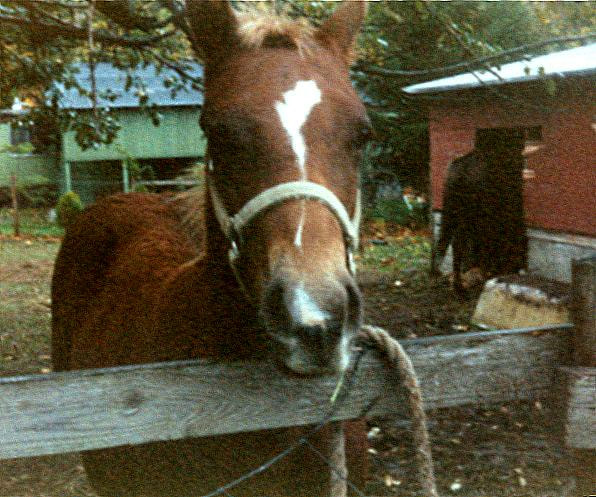
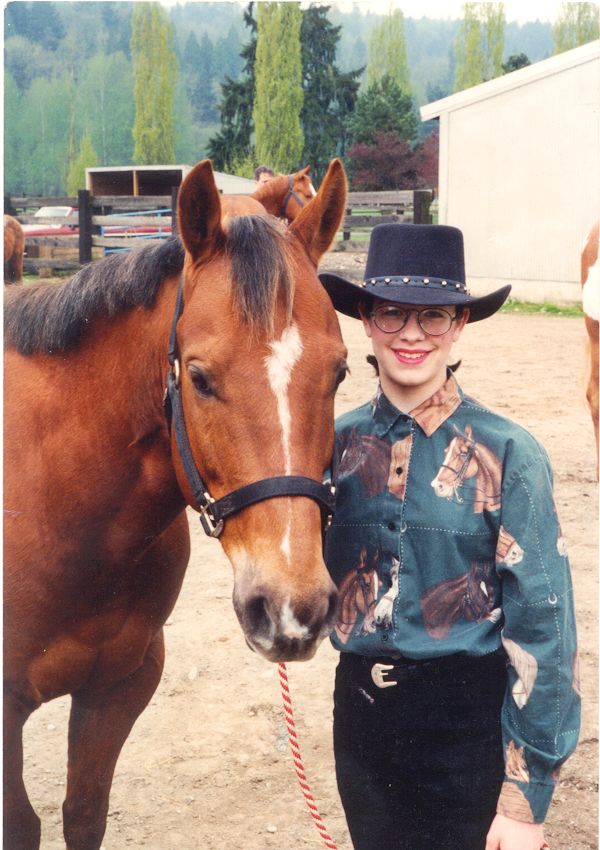
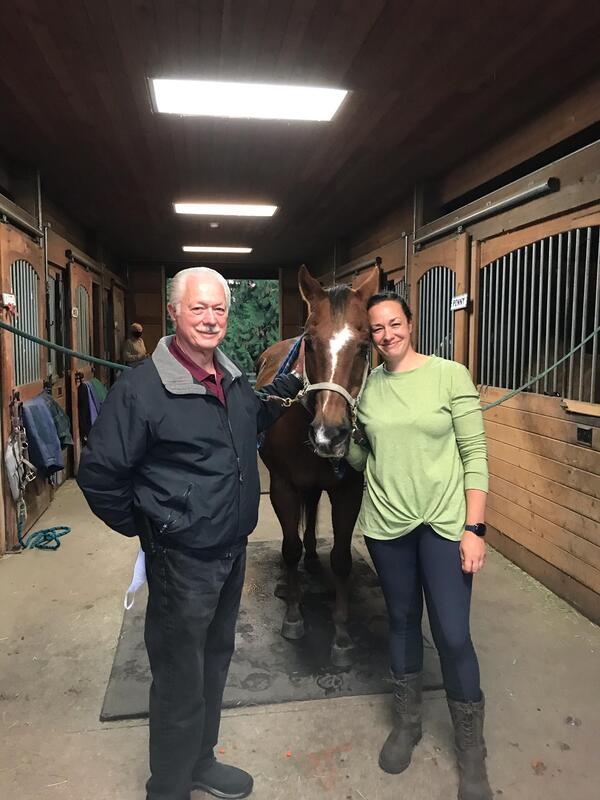
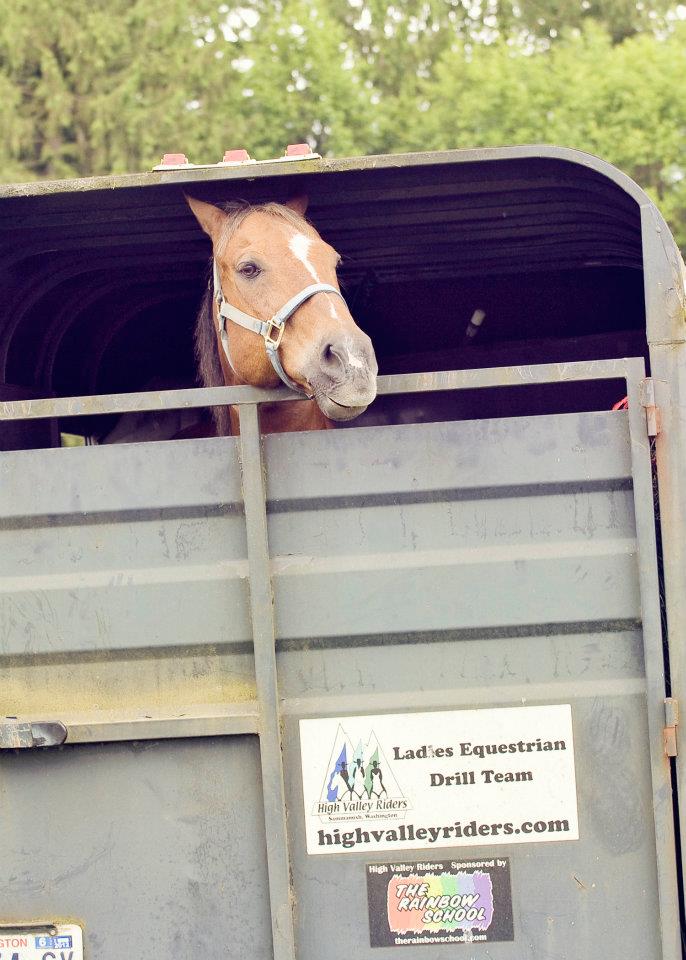
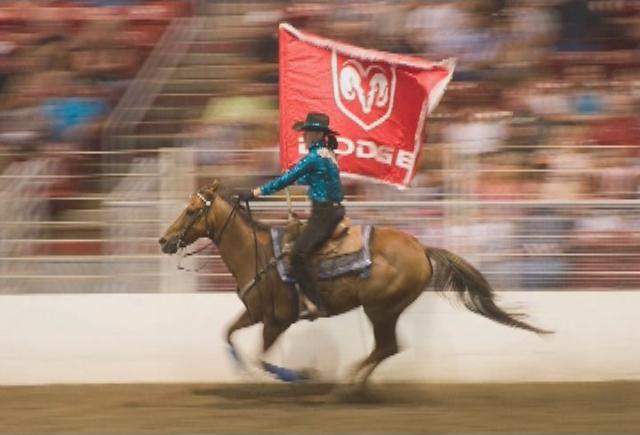
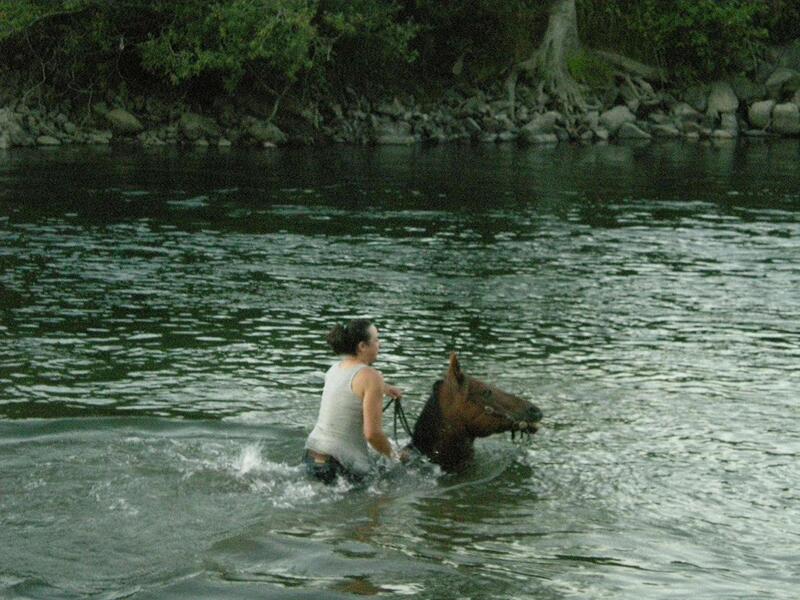
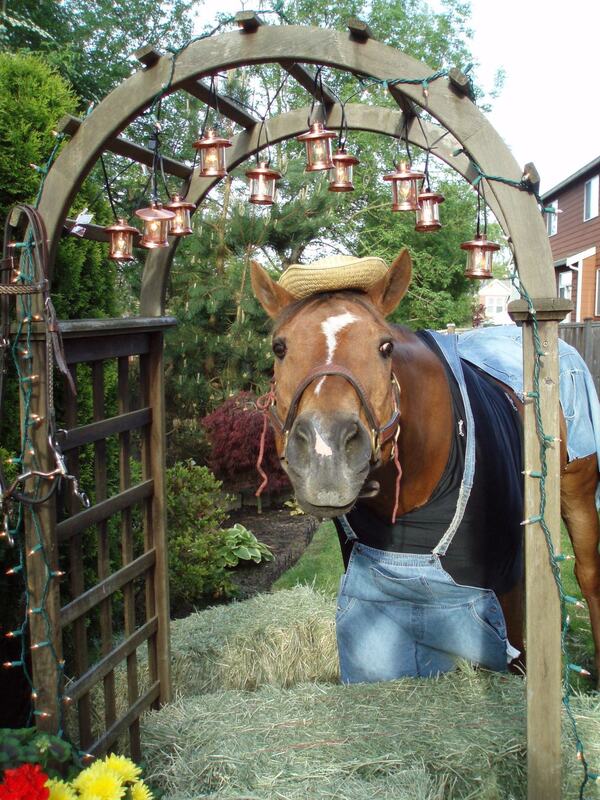


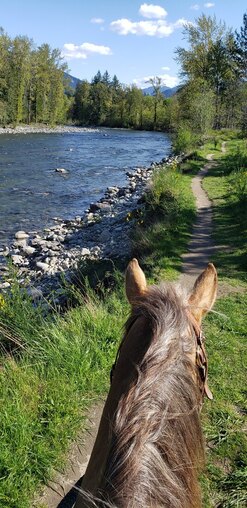
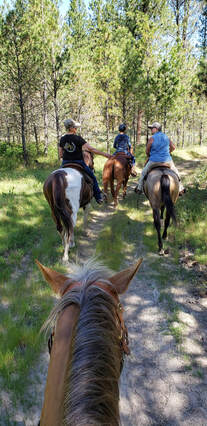
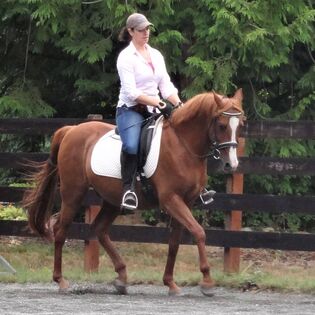
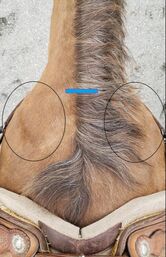
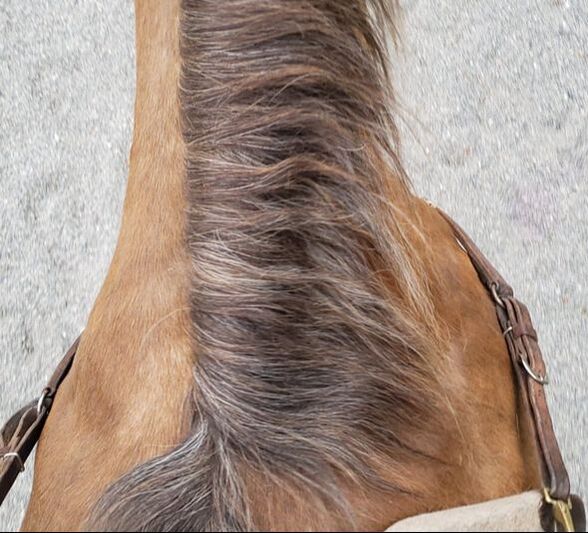
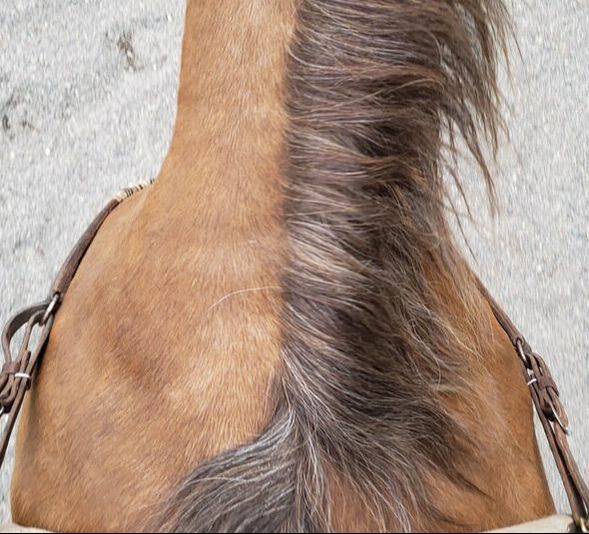

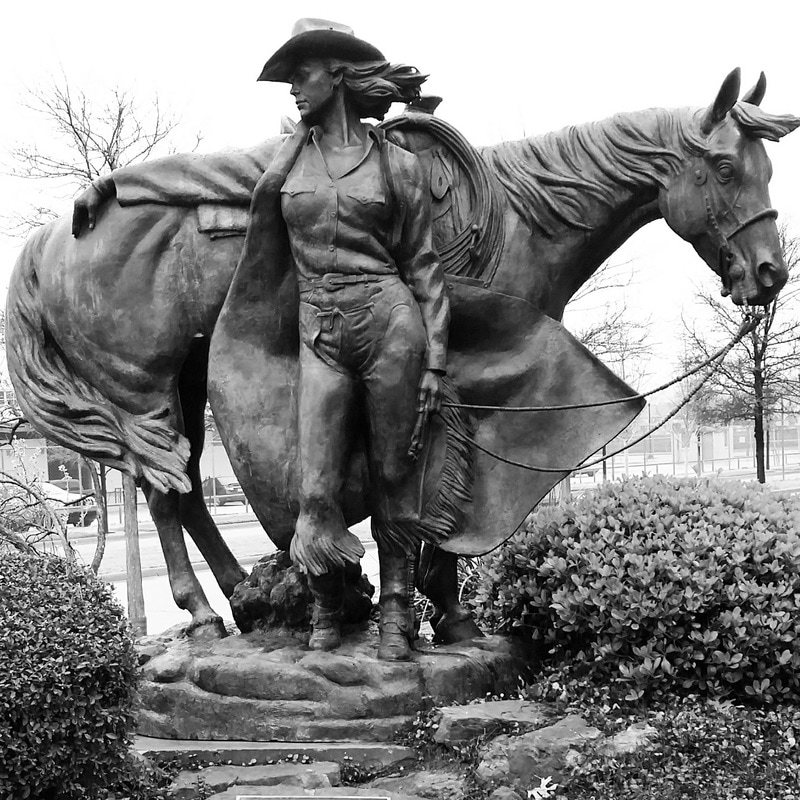
 RSS Feed
RSS Feed
